Touch Wood – Part 1
Red Wines Maturing in Oak
Barrel or wood contact is one of the numerous techniques wine makers have at their disposal allowing them to produce varying styles of wines. The decision to use it is far from simple, requiring prior preparation and calculated planning. The concerns that need to be considered beforehand include: what type of grape you are working with, the kind of wine intended to be made, the type of wood to use, what form to administer it in, at what point of the wine making process to add it and storage space. Adding to this, the budget you are working with plays a recurring role in the aforementioned concerns.
As to the reason one would consider using wood, it is generally four-pronged:
- To add wood flavour and structure to the wine. The intention should be to add positively to its complexity, and not overpowering the fruit. The flavours achievable through this technique comprise (actual compounds producing the flavours are provided in brackets and should be ignored if you find it too geeky): coconut and fresh oak (from Lactones), vanilla (Vanillin and aromatic Aldehydes), spices like cloves (Eugenol and other volatile phenols), almond and caramel (Furfurals, Maltol and Cyclotene), sweat/horse-like aroma (Ethyl Phenols), smoke and more spice (Guaiacol), and tannins.
- For slow oxygenation/oxidation of the wine that makes it smoother and takes away some of the fresh primary fruit aromas. The softening of the astringency (“smoothness”) is achieved when small tannin molecules are made to cluster together in the presence of oxygen and precipitate out of solution to form sediments. Complex aromas are further borne from this process while the simultaneous evaporation concentrates certain flavours in the wine. In addition, oxygen causes white wines to turn more golden, while reds go towards brick-red.
- Barrel maturation promotes natural clarification, where large particles settle to the bottom; and stabilization, where wines remain stable once bottled, not undergoing physical, chemical or microbial deterioration.
Once decided on what effect they would like to have on the wine, there are two ways in which the wine makers can administer said wood contact:
- Placing the unfermented grape juice or wine in a wooden barrel as pictured above. This gives rise to the processes known as barrel fermentation (in the case of unfermented grape juice) and barrel aging/maturation (in the case of wine). They are not necessarily used together. Through this barrel contact, all three objectives listed above are achieved. However, new barrels do not come cheap.
- Adding staves (wooden planks), wood chips or saw dust into stainless steel or cement tanks where the grape juice or wine is stored. They are collectively referred to as alternative methods. As with barrelling, this could be added either during fermentation or after. Through these techniques only wood flavour is imparted into the wine. It is considerably cheaper.
It should be noted that whereas certain levels of complexity, balance and finesse can only be achieved using barrel contact, good and terrible quality wines can be made from both barrel contact and alternative wood regimes. The determining factor rests on the skill level of the wine maker.
Related Posts
-
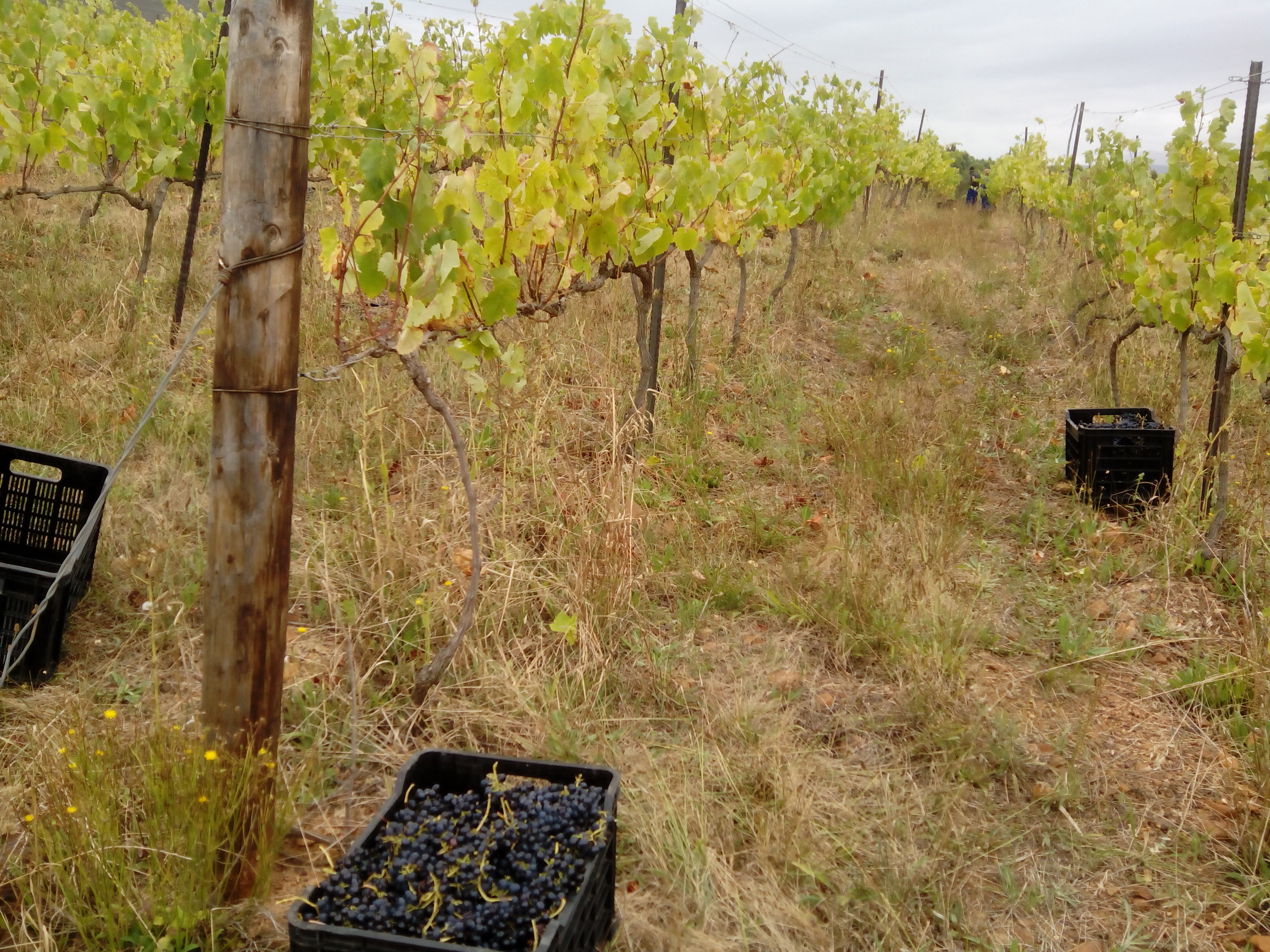 As Nature Would Have it
4 Comments | Jul 12, 2014
As Nature Would Have it
4 Comments | Jul 12, 2014 -
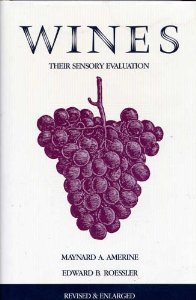 Far from the Glass
No Comments | Aug 9, 2013
Far from the Glass
No Comments | Aug 9, 2013 -
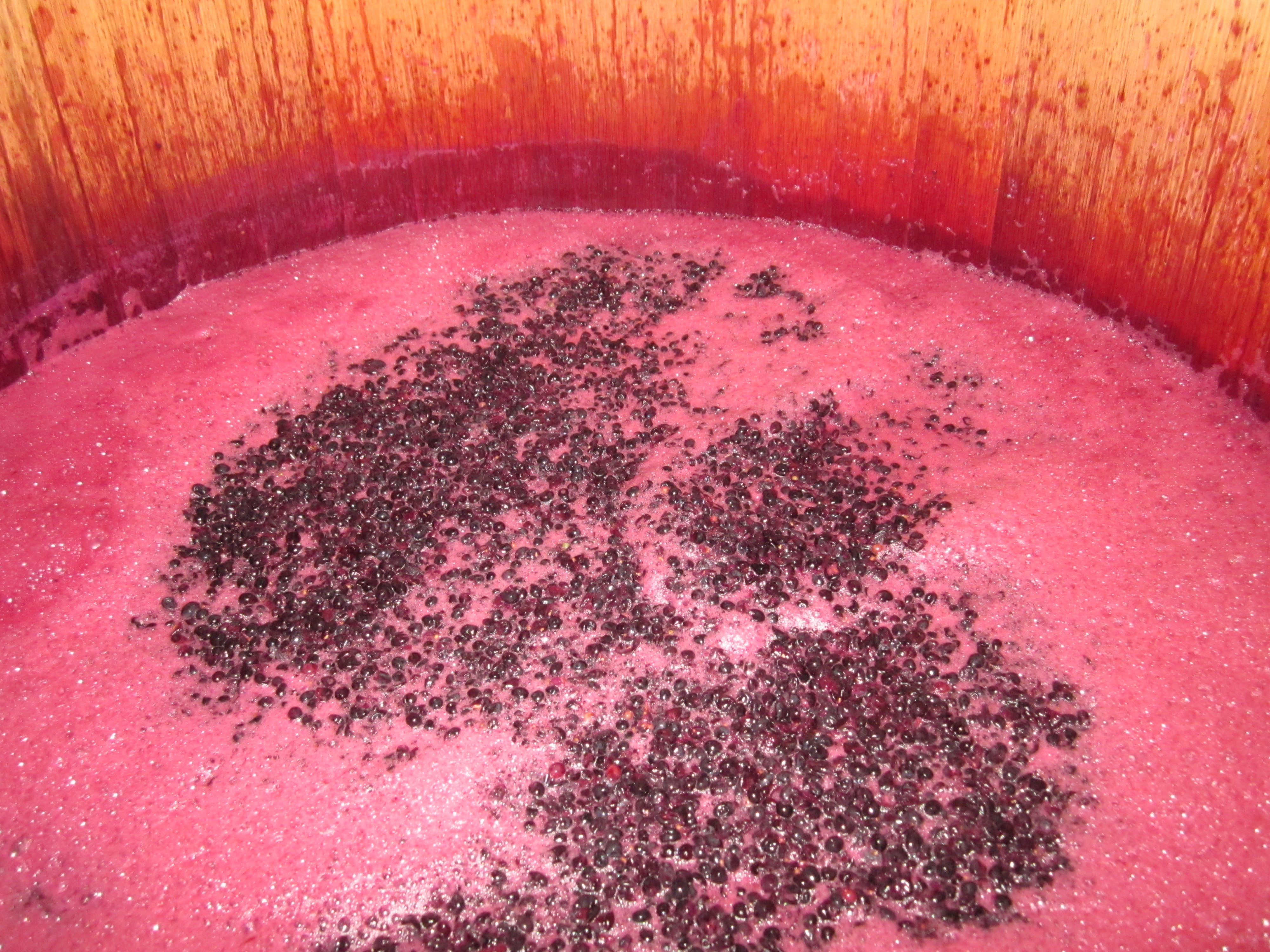 What is Wine? (Other than Pure Bliss)
No Comments | Sep 12, 2011
What is Wine? (Other than Pure Bliss)
No Comments | Sep 12, 2011 -
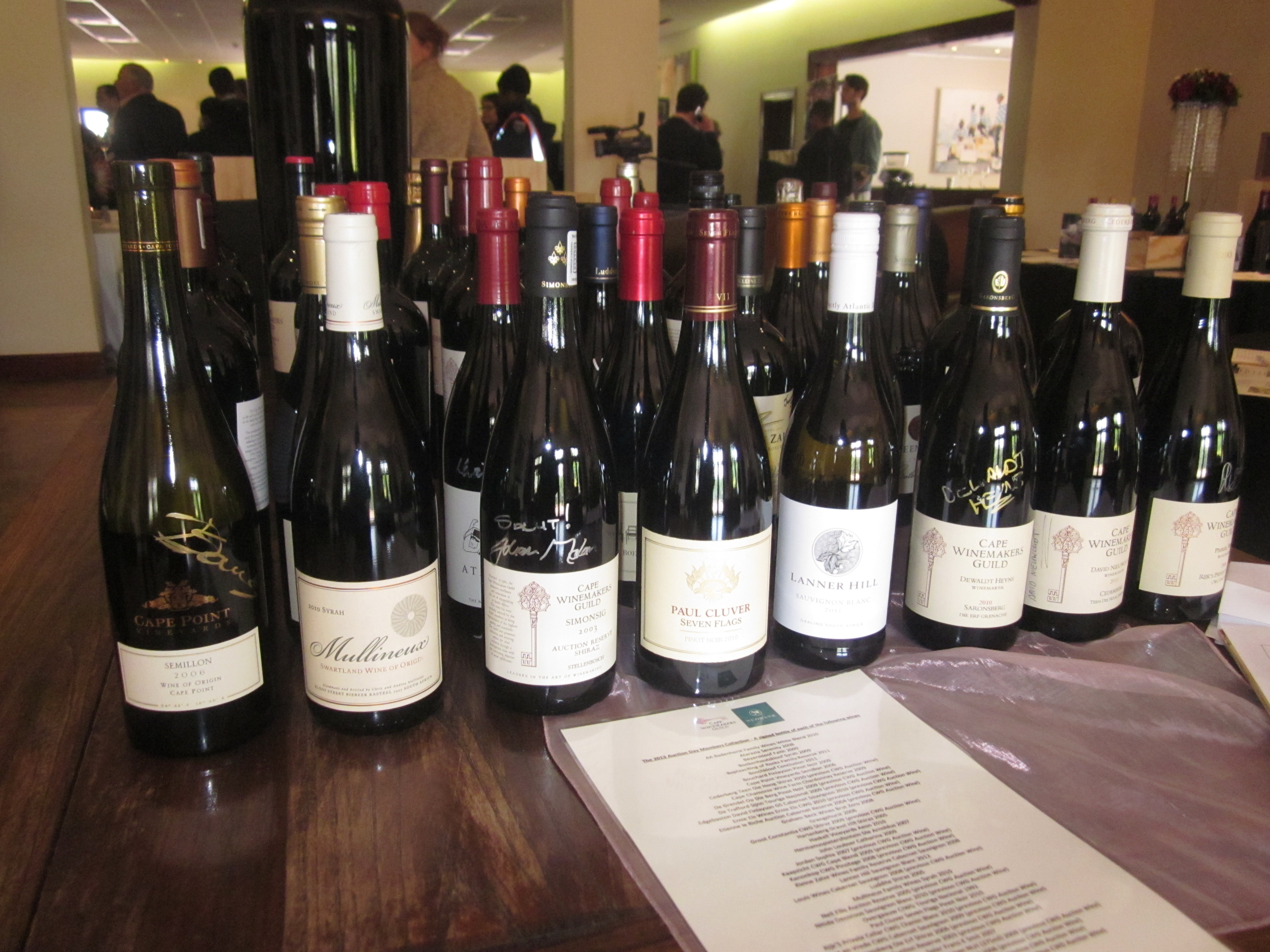 Cellaring
1 Comment | Jan 28, 2015
Cellaring
1 Comment | Jan 28, 2015
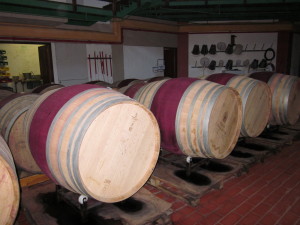
Thanks for a great article. Loved reading it and I must say: just so brings back a lot of memories from when I sold wine barrels 🙂
The dream is still there – to make wine. You just ignited it again!
Oh wow! I’m glad to hear that. I hope you know I’m expecting to hear some progress about said wine in the very near future, and possibly see if I can’t review it here!
Mmmm… We have moved to Namibia and this is desert country. Will have to find a decent patch of ground for some vines!
Yes, that can be a hindrance… Have you managed to try some of the wine that is being produced in Namibia? I’ve read about producers named Kristall Kellerei, Neuras and Thonningii Cellar.
Sadly they are not readily available everywhere. You have to go in search of them
Hi Tommagara
We have visited the Kristall Kellerei, but sadly they were closed (we were not sure about operating hours).
When we plan a next trip out there, we will definitely pop in again!
What a shame :(. After going all that way. I’m truly sorry. Hopefully you can call them in advance next time.
Always a pleasure reading your blog. I didn’t know #3 about why people use wood. Thanks fro the insight.
Thanks Jean. You flatter me way too much. LOL.
It’s not flattery.It’s really great. I look up to your blog because it’s like the only pioneer wine blog in Kenya. 🙂
Lovely article Tom..Kindly would you please advise me where I can get empty wine barrels
Thanks Zikky. Unfortunately not in Kenya. But I’ll ask around.
Can you sell for me an empty barrel
No, I do not have these.
I grow grapes and now want to squeeze and make wine. Where can I get barrels and also would want to learn the art of wine making..any help
Interesting. Where do you grow the grapes? And what grape varieties do you grow?